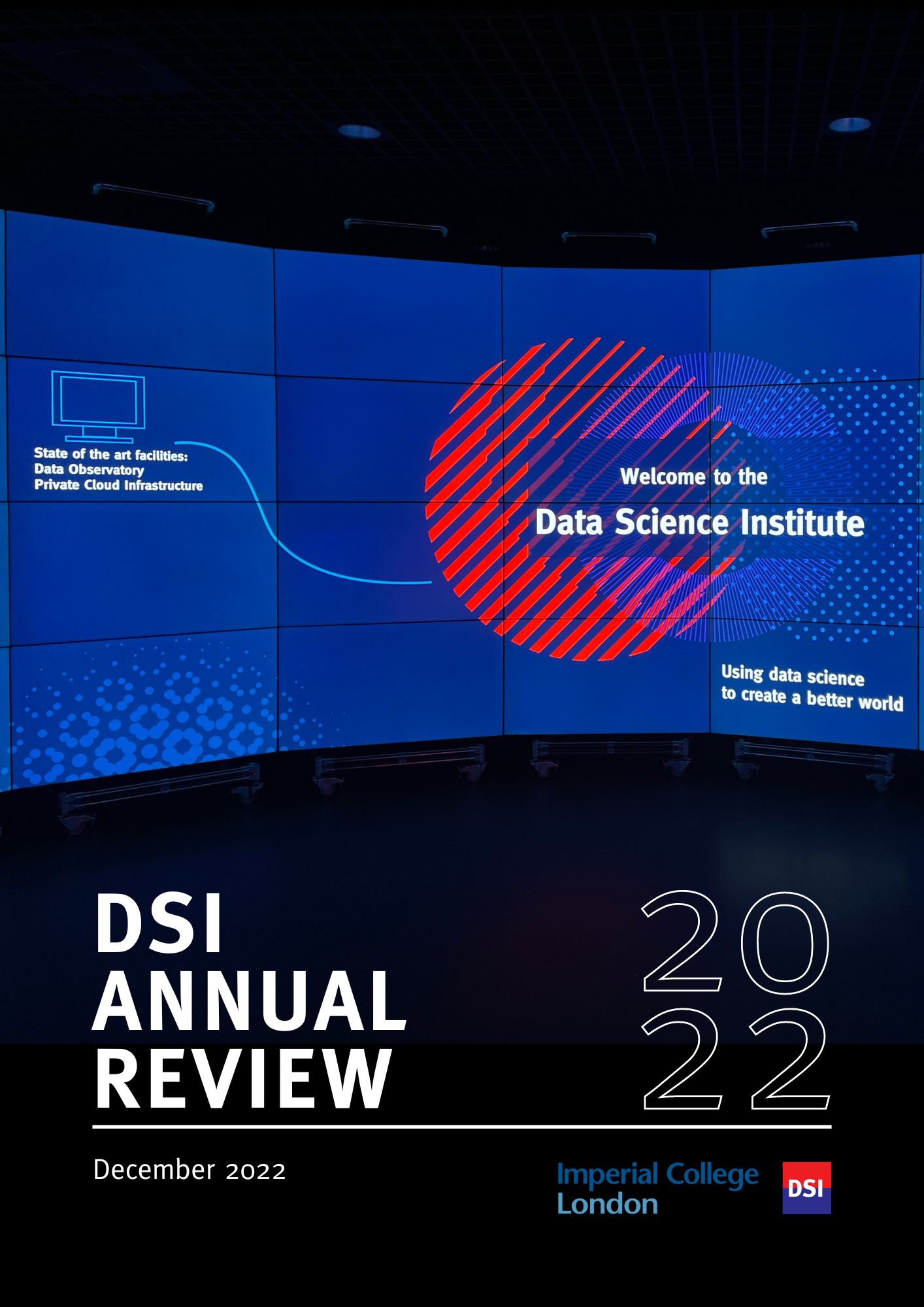BibTex format
@article{Hekking:2017:10.1183/13993003.02298-2016,
author = {Hekking, PP and Loza, MJ and Pavlidis, S and De, Meulder B and Lefaudeux, D and Baribaud, F and Auffray, C and Wagener, AH and Brinkman, P and Lutter, R and Bansal, AT and Sousa, AR and Bates, S and Pandis, Y and Fleming, LJ and Shaw, DE and Fowler, SJ and Guo, Y and Meiser, A and Sun, K and Corfield, J and Howarth, P and Bel, EH and Adcock, IM and Chung, KF and Djukanovic, R and Sterk, PJ and U-BIOPRED, Study Group},
doi = {10.1183/13993003.02298-2016},
journal = {European Respiratory Journal},
title = {Transcriptomic gene signatures associated with persistent airflow limitation in patients with severe asthma},
url = {http://dx.doi.org/10.1183/13993003.02298-2016},
volume = {50},
year = {2017}
}
RIS format (EndNote, RefMan)
TY - JOUR
AB - Rationale:A proportion of severe asthma patients suffers from persistent airflow limitation, often associated with more symptoms and exacerbations. Little is known about the underlying mechanisms. Aiming for discovery of unexplored potential mechanisms, we used Gene Set Variation Analysis (GSVA), a sensitive technique that can detect underlying pathways in heterogeneous samples. Methods: Severe asthma patients from the U-BIOPRED cohort with persistent airflow limitation (post-bronchodilator FEV1/FVC ratio < lower limit of normal) were compared to those without persistent airflow limitation. Gene expression was assessed on the total RNA of sputum cells, nasal brushings and endobronchial brushings and biopsies. GSVA was applied to identify differentially-enriched pre-defined gene signatures based on all available gene expression publications and data on airways disease.Results: Differentially-enriched gene signatures were identified in nasal brushings (1), sputum (9), bronchial brushings (1) and bronchial biopsies (4), that were associated with response to inhaled steroids, eosinophils, IL-13, IFN-alpha, specific CD4+ T-cells and airway remodeling.Conclusion: Persistent airflow limitation in severe asthma has distinguishable underlying gene networks that are associated with treatment, inflammatory pathways and airway remodeling. These results point towards targets for the therapy of persistent airflow limitation in severe asthma.
AU - Hekking,PP
AU - Loza,MJ
AU - Pavlidis,S
AU - De,Meulder B
AU - Lefaudeux,D
AU - Baribaud,F
AU - Auffray,C
AU - Wagener,AH
AU - Brinkman,P
AU - Lutter,R
AU - Bansal,AT
AU - Sousa,AR
AU - Bates,S
AU - Pandis,Y
AU - Fleming,LJ
AU - Shaw,DE
AU - Fowler,SJ
AU - Guo,Y
AU - Meiser,A
AU - Sun,K
AU - Corfield,J
AU - Howarth,P
AU - Bel,EH
AU - Adcock,IM
AU - Chung,KF
AU - Djukanovic,R
AU - Sterk,PJ
AU - U-BIOPRED,Study Group
DO - 10.1183/13993003.02298-2016
PY - 2017///
SN - 1399-3003
TI - Transcriptomic gene signatures associated with persistent airflow limitation in patients with severe asthma
T2 - European Respiratory Journal
UR - http://dx.doi.org/10.1183/13993003.02298-2016
UR - http://hdl.handle.net/10044/1/49728
VL - 50
ER -

